Activation of the NALP3-CASP1-IL-1 β Inflammatory Pathway by Pesticide Exposure in Human Umbilical Vein Endothelial Cells
- PMID: 40430087
- PMCID: PMC12111847
- DOI: 10.3390/ijms26104947
Activation of the NALP3-CASP1-IL-1 β Inflammatory Pathway by Pesticide Exposure in Human Umbilical Vein Endothelial Cells
Abstract
Barrier function regulation, angiogenic potential, and immune response modulation are only a few of the many roles of the vascular system that nowadays represent one of the main targets for environmental pollutants, in particular, pesticides. We have used human umbilical vein endothelial cells (HUVECs) as an in vitro model to investigate the effects of pesticides on the activation of the NALP3-CASP1-IL-1β inflammatory pathway using real time PCR (RT-PCR) and immunofluorescence investigations, reactive oxygen species (ROS) generation, and morphological alterations with scanning electron microscopy (SEM) analysis. Our findings offer a comprehensive evaluation of the cellular and molecular damage induced by pesticide exposure and show strong inflammasome activation. They indicate that these chemicals may initiate necroptosis and drive prolonged inflammation in endothelial cells. This study provides crucial insights into how pesticides contribute to endothelial dysfunction, highlighting the need for further investigation into their inflammatory and immune-modulatory effects on vascular health.
Keywords: HUVECs; ROS; RT-PCR; SEM; immunofluorescence; inflammatory pathway; pesticides.
Conflict of interest statement
The authors declare no conflict of interest.
Figures


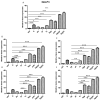

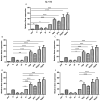






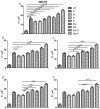
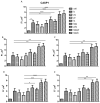
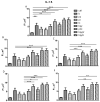

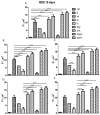

References
-
- Ahmad M.F., Ahmad F.A., Alsayegh A.A., Zeyaullah M., Alshahrani A.M., Muzammil K., Saati A.A., Wahab S., Elbendary E.Y., Kambal N., et al. Pesticides impacts on human health and the environment with their mechanisms of action and possible countermeasures. Heliyon. 2024;10:e29128. doi: 10.1016/j.heliyon.2024.e29128. - DOI - PMC - PubMed
MeSH terms
Substances
Grants and funding
LinkOut - more resources
Full Text Sources
Medical

